Daniele Galliano (Pinerolo, 1961), one of Italy’s leading contemporary painters, has long used (and to some extent continues to use) eroticism and references to pornography as raw material for a painting that starts with everyday images and turns into vision etched on canvas. Self-taught and immersed in the Turin nightlife of the 1990s, the artist has investigated the body and sexuality with an approach capable of oscillating between intimist diaristic and social denunciation, in a persistent “anti-heroic” look at what is forbidden, marginal, and hidden. The erotic component emerges from the earliest works: already in the 1993 polyptych Forbidden to Readers, composed of about twenty small canvases, Galliano depicts screenshots from porn or erotic films showing faces and bodies in the midst of the sexual act, invested by a television blue glow. The subject matter is everyday and popular, the perspective reminiscent of amateur voyeurism. In exhibitions such as Narcotica frenetica smaniosa eccitante (1994, Galleria In Arco, Turin), the title from the verse of a CCCP song, eroticism has since expanded into the sphere of the night: ordinary female figures, workers, prostitutes, put on makeup, dance, and seek pleasure in the shadowy spaces of clubs and bars, captured with blurred realism and intense colors, amid abandonment, desire and urban solitude.
Galliano’s painting does not portray eroticism as mere provocation or spectacle: it is visual introspection, a diary of desire that emerges without moralizing. It affirms a tension between visibility and imposed limits, between naturalness of the body and cultural taboos. The subjects are bathed in an unreal light, often blurred and undefined: a painting that affirms desire in its rawest carnality, bringing it to light with rawness and poetry. Below is an excerpt from a text Giacinto Di Pietrantonio wrote for Forbidden to Readers and a gallery with the most intense images.
"Roland Barthes, I believe in The Pleasure of the Text, more or less says that eroticism is not grasped in seeing a full nude, but in that interval of body visible between the hem of the boot and that of the skirt. In the case of Galliano’s paintings such a space is identifiable in several aspects starting with the cutting of erotic-love scenes always offered for details. In fact, in some images we see only faces-types: face in ecstasy, face in the act of kissing-sucking, or open-mouthed jouissance, goose-like expressions offer a performative physiognomy of pleasure [...]. But in addition to giving us particular scenes by parts: kissing, caressing, sucking, rubbing, licking, touching, screaming, hips, rocking, the artist adds a further element of eroticization, that of a blurred painting, which makes the image not immediately perceptible and which, therefore, needs the participation of the viewer for the focus of the painting as a stimulator of the image. With that, we are at a level of pornography of the image that goes hand in hand with the eroticism of painting (a bit Richter-like), pornography that, as Camille Paglia writes in her Sexual Personae, “cannot be separated from art, because it is far more interpenetrating than the classicist tradition would like to admit.” To which Geoffrey Hartman adds, “great art is always escorted by its dark sisters, impiety and pornography” [...]. However, the woman’s upturned-nosed face, the biting mouth, and the rest of the images of separated and/or entangled bodies all curves and sinuosities are synonymous with the nature full of swirls and wiggles that sinks into each other’s flesh. They are images for parts where the rest of the body is to be imagined and therein lies the principle to make a figurative image abstract, if not in form, in content and still mark a shift from pornography to eroticism. Thus, the risk is to overcome that looking at erotic-pornographic images that challenge our gaze because they always refer back to themselves before referring back to anything else and thus to art. So, Galliano, creating a kind of voyeurism of the image, tries to move us to art, putting us in front of a watched painting, peeked through an ideal keyhole [...]. We add, or rather the painter adds, yet another quality, a spacer that takes the painting from the land of pornography to the sky of eroticism: the blue light that envelops the entire work. In this he transforms a red-light world into a blue-light atmosphere, taking us from a boiling pornographic environment to a relaxed erotic place. This happens, for two reasons: on the one hand of an exquisitely artistic-pictorial kind, in that he thinks that today one cannot deal pictorially with the image without taking into account that it has somehow been passed through photography, cinema, video, etc.; on the other hand, that the survival of erotic-pornographic-Dionysian themes dear to classical culture is thus permitted and transmitted socially through the media, media that can also delude us into a possible sociality from which art has long been excluded. And it is the understanding of these characteristics that leads Galliano to turn his paintings blue to give us the impression that the scenes depicted did not really happen, but, given the times of insecure sex, simulated through a video, a voice sound. [...] The paintings in question can trigger that desire that has been circulating in our blood and acting in our heads for more than three million years. In fact, as early as we were single-celled organisms our love messages have been using the same substance demonstrating the continuity of a bacterial universe in an advanced chemical love state. Symptoms: moist palms, heat blasts, unconsidered palpitations, turbulence, confusion due to dopamine, norepinephrine, serotonin invading our bodies plunging us into a state of happy stress transformed by a desiring brain-pump. That system of interactive relations-actions aimed at transforming the narcissistic relationship into a collective one, the one into two-emotions, three-feelings, four-desire, five-etc. that changes individual pleasure into social. This is represented in these not-ending, life-producing and pleasure-producing works, qualities set in motion by paganism and repressed by Christianity for which sex is only mechanism and reproduction of men and women, authorizing the love relationship between the sexes for reproductive purposes only, foreshadowing on the skin of humanity that culture of productive multiplication that will characterize the ideology of modernity. Following this, it is not so far-fetched to speculate that supporting this thesis is the transition to industrial civilization, which has generated a progressive decline in human birthrate surrogated by the continuous growth of objects and commodities on which we have increasingly dumped love, affections, anxieties, etc., those attentions we used to reserve for our humanity. Well, we have come to the point of saying that talking about sex and art somehow creates problems, because it is an ancient and debated issue that both attracts and repels, although in the end it remains a passe-partout for freedom. In fact, in its name many revolutions, or liberations, have been accomplished or attempted, mythical the one in the 1960s: Free Love, Make Love and Not War, in which even a hip-shot, Elvis the pelvis, was enough to send thousands into a frenzy. They caved in many taboos, skirts that shortened into miniskirts, hair that lengthened, and bathing crowds that dressed and undressed from Woodstock, 1960s, to Parco Lambro, 1970s, a freedom that, given the insecurity of sex, is increasingly difficult to use today. And so, art, which is not a place of practicing but of looking, maintains, again, its centrality, because the eroticism of seeing still grants the body the imagination of freedom" (Giacinto Di Pietrantonio).
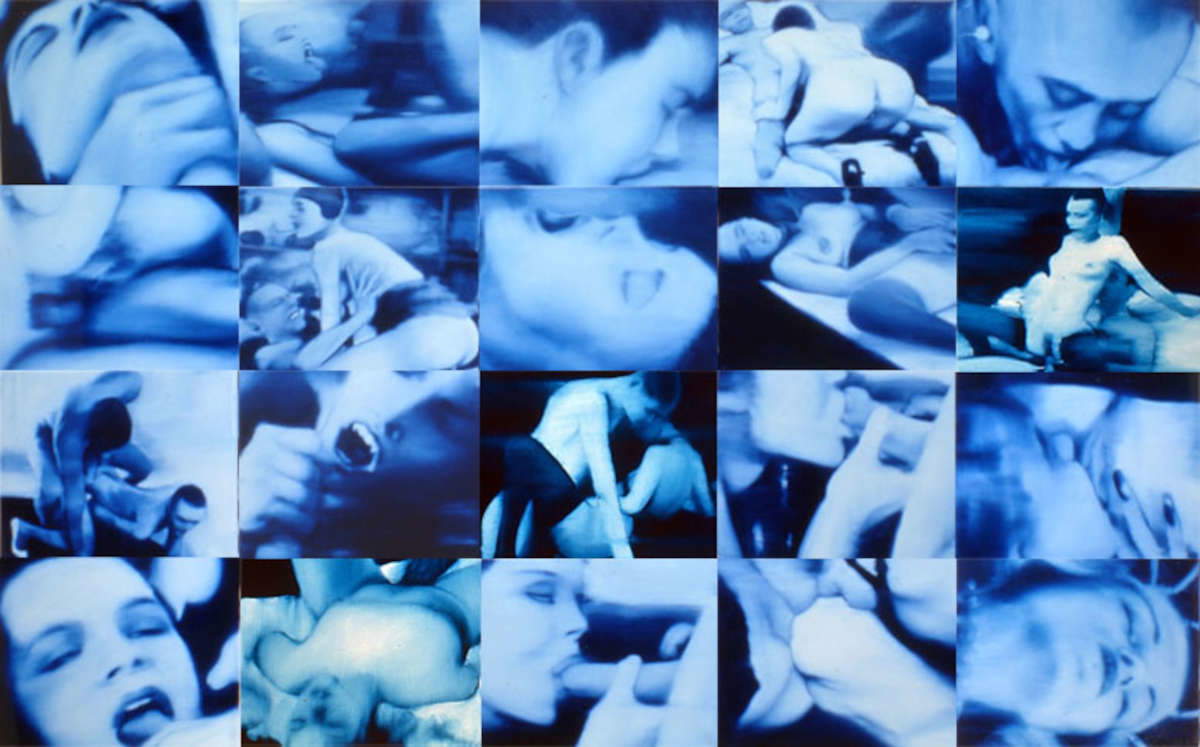
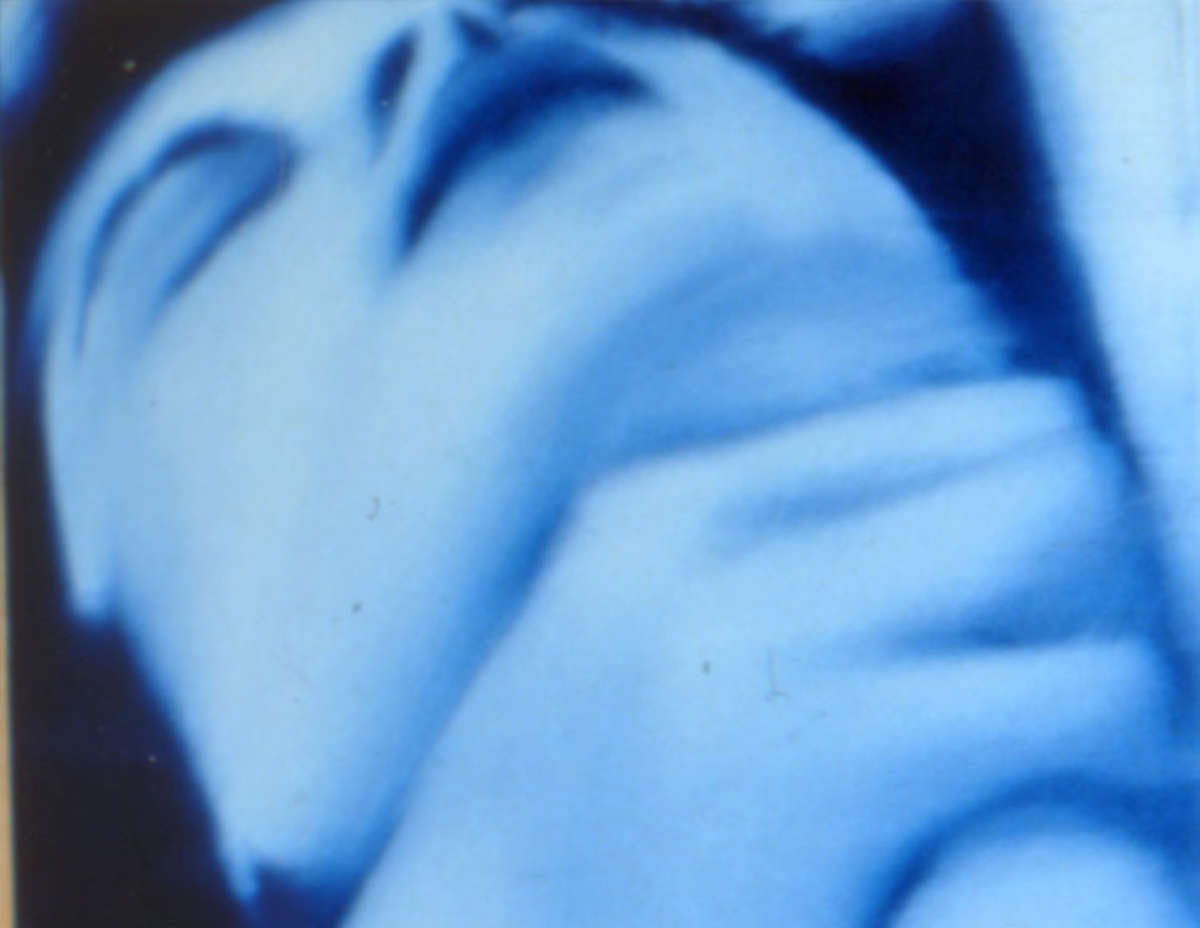

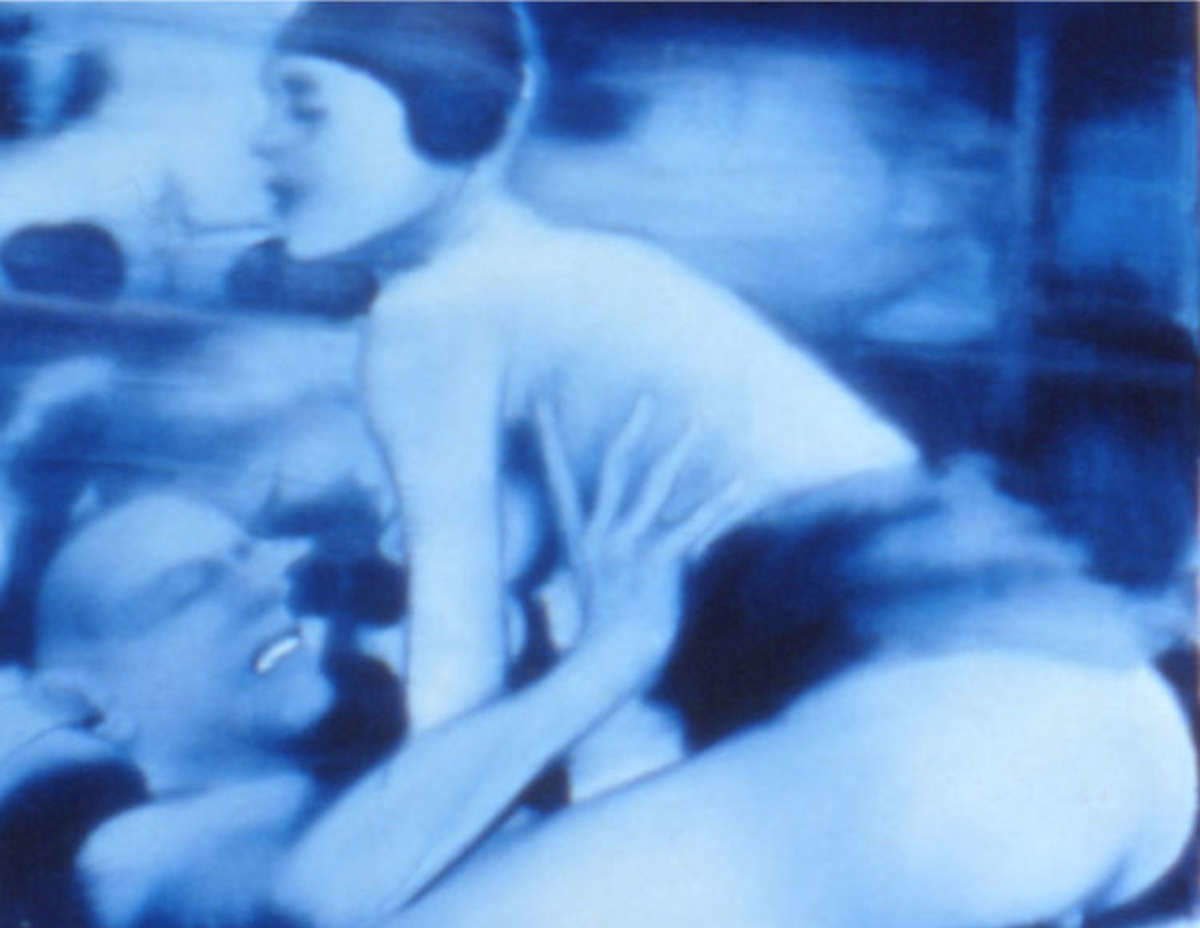
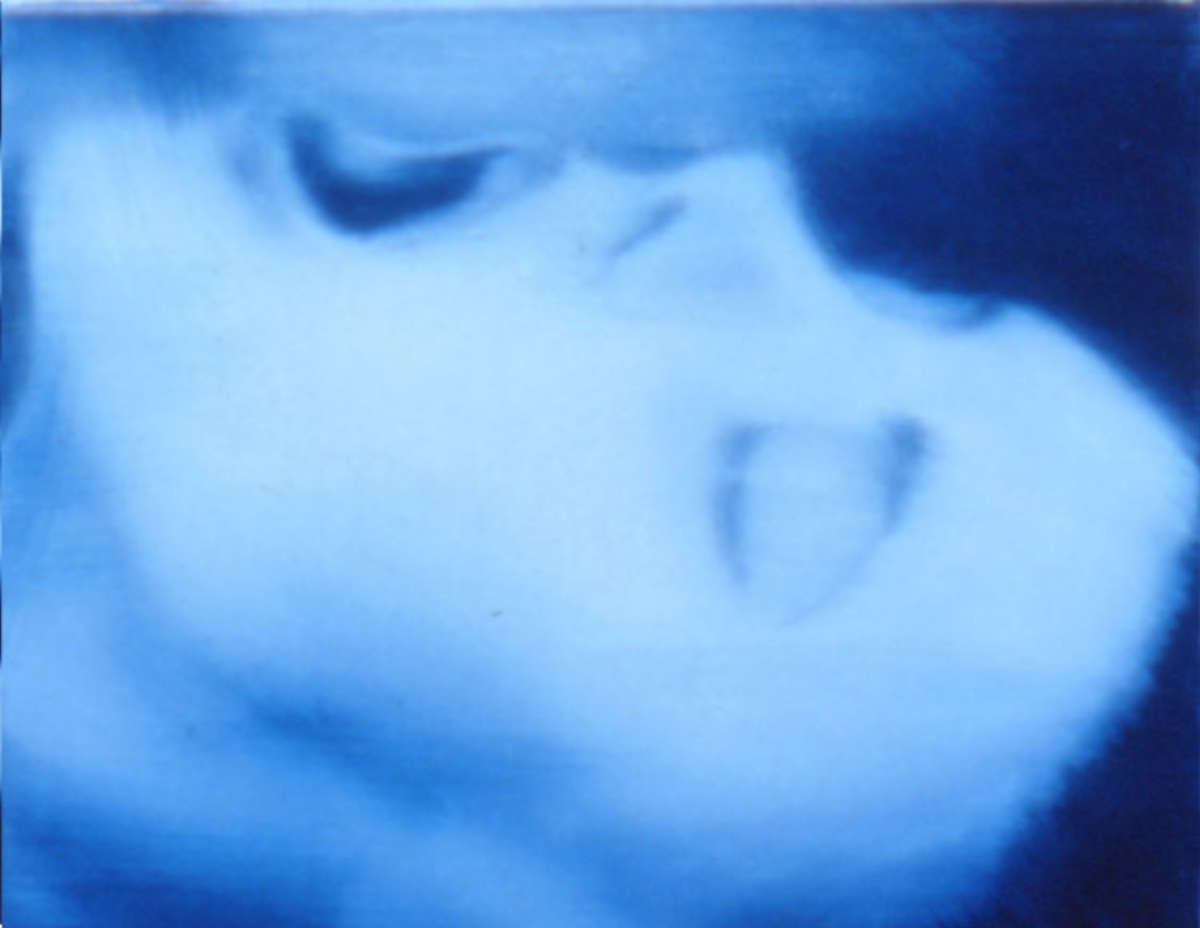
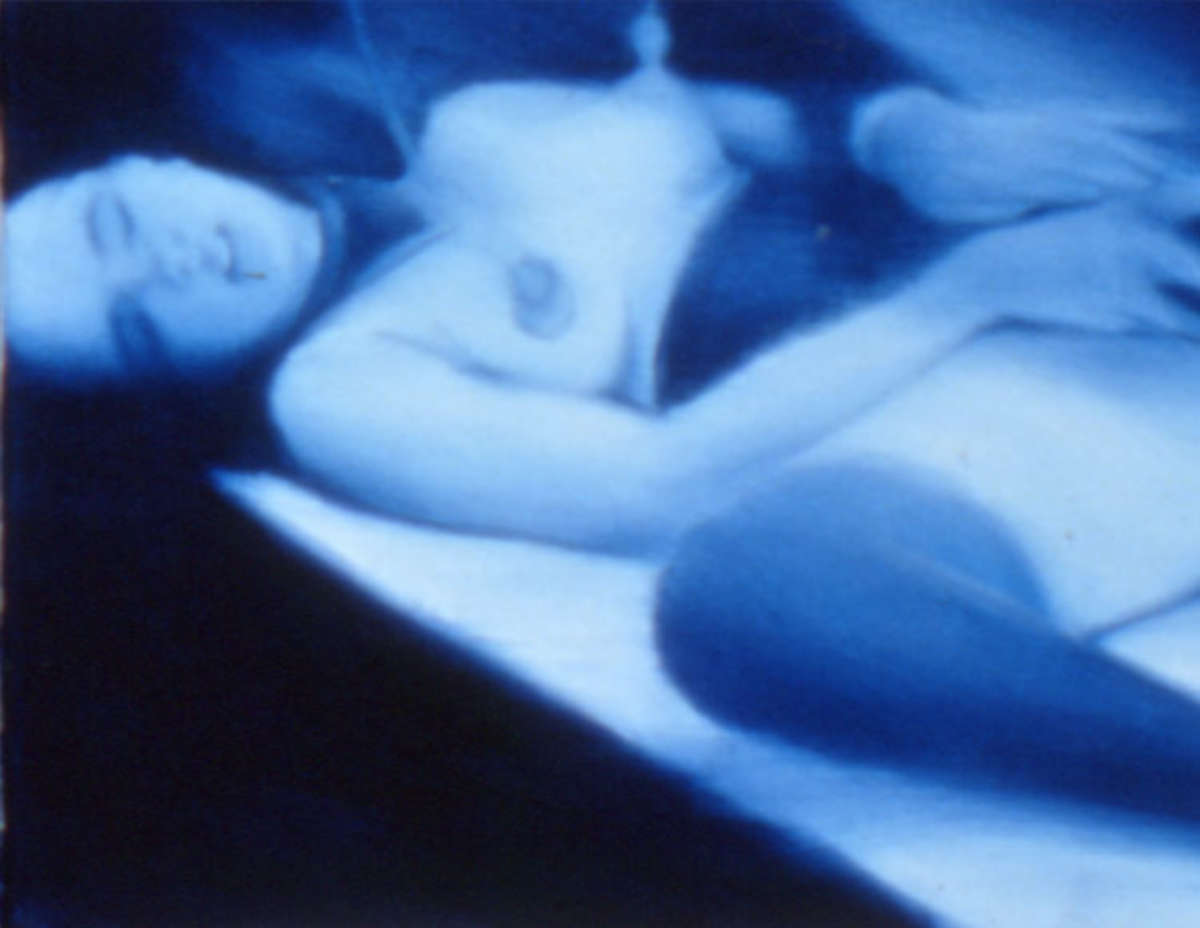
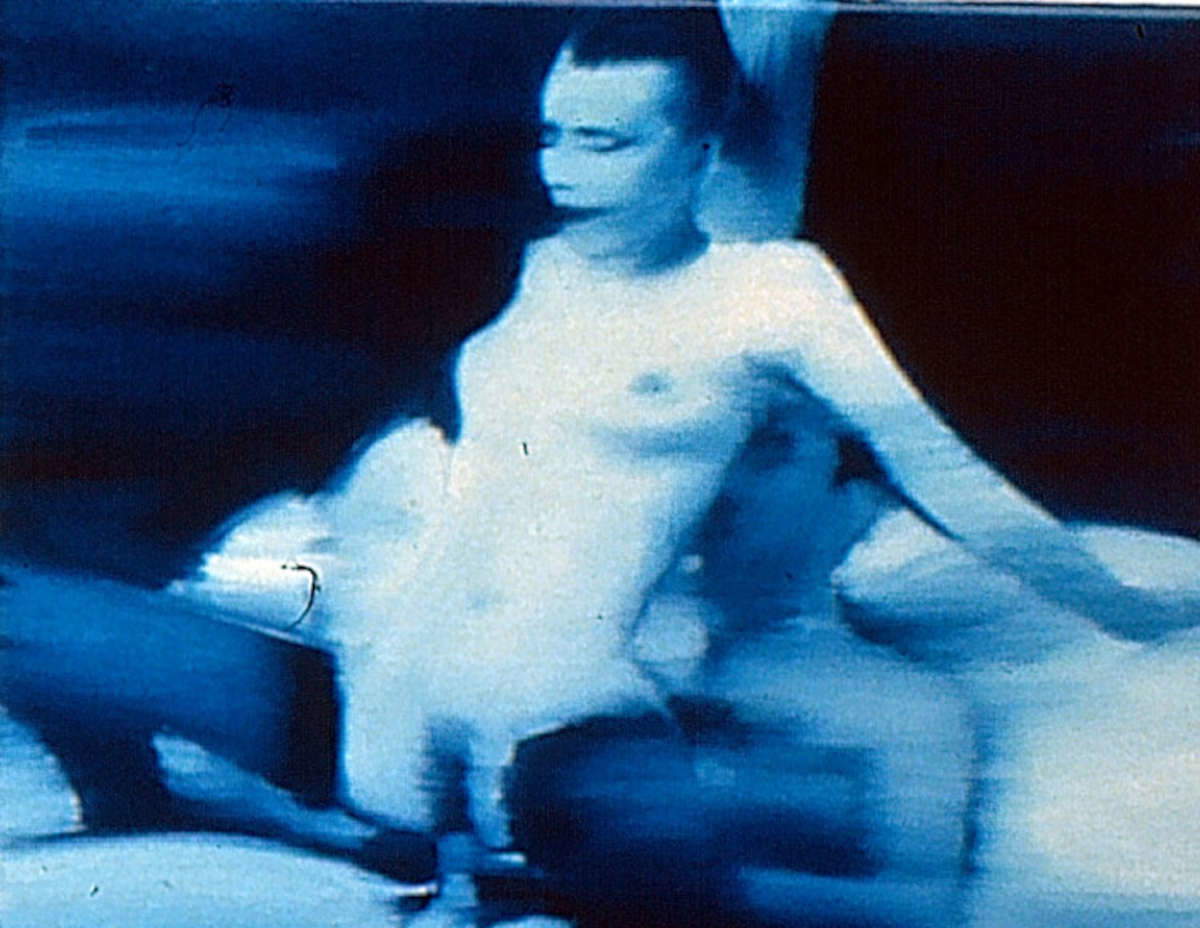
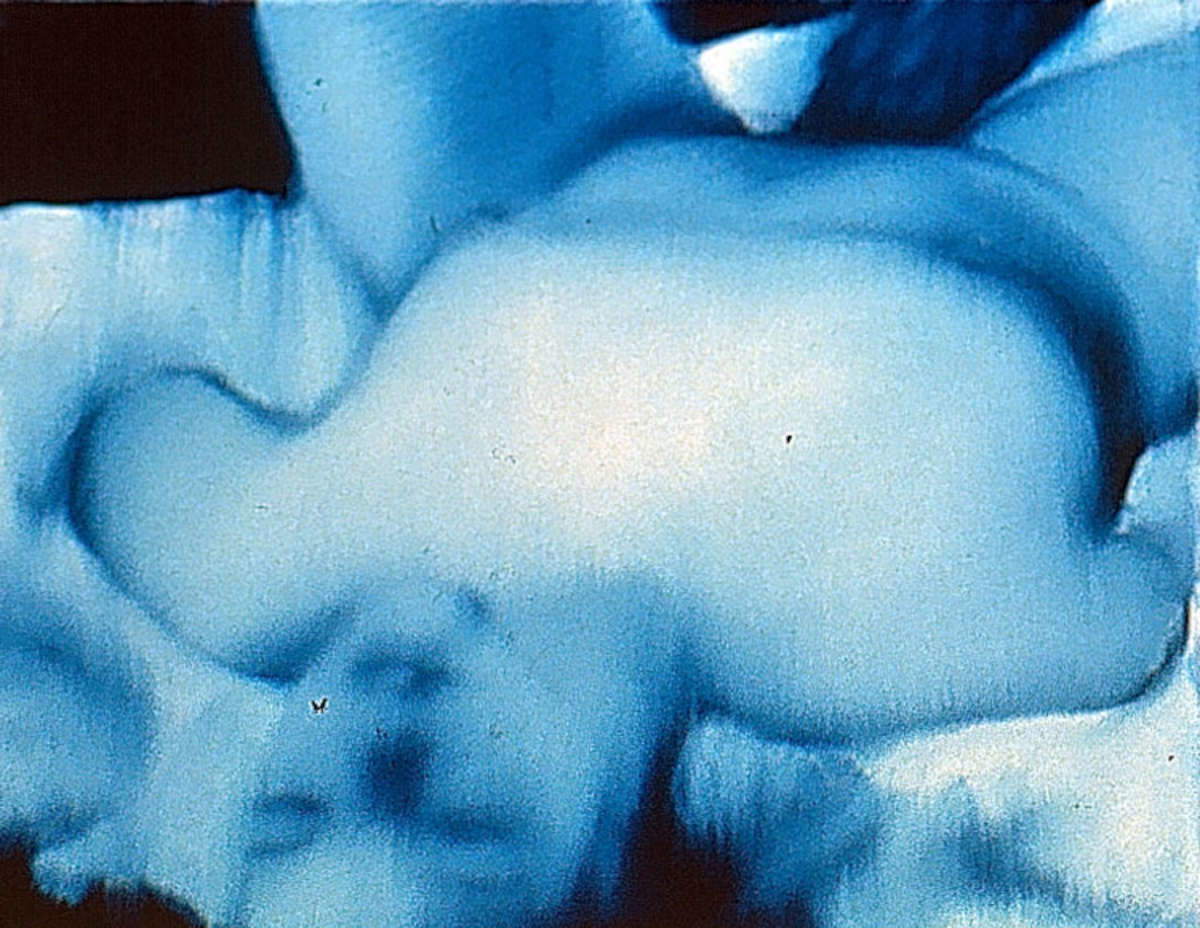
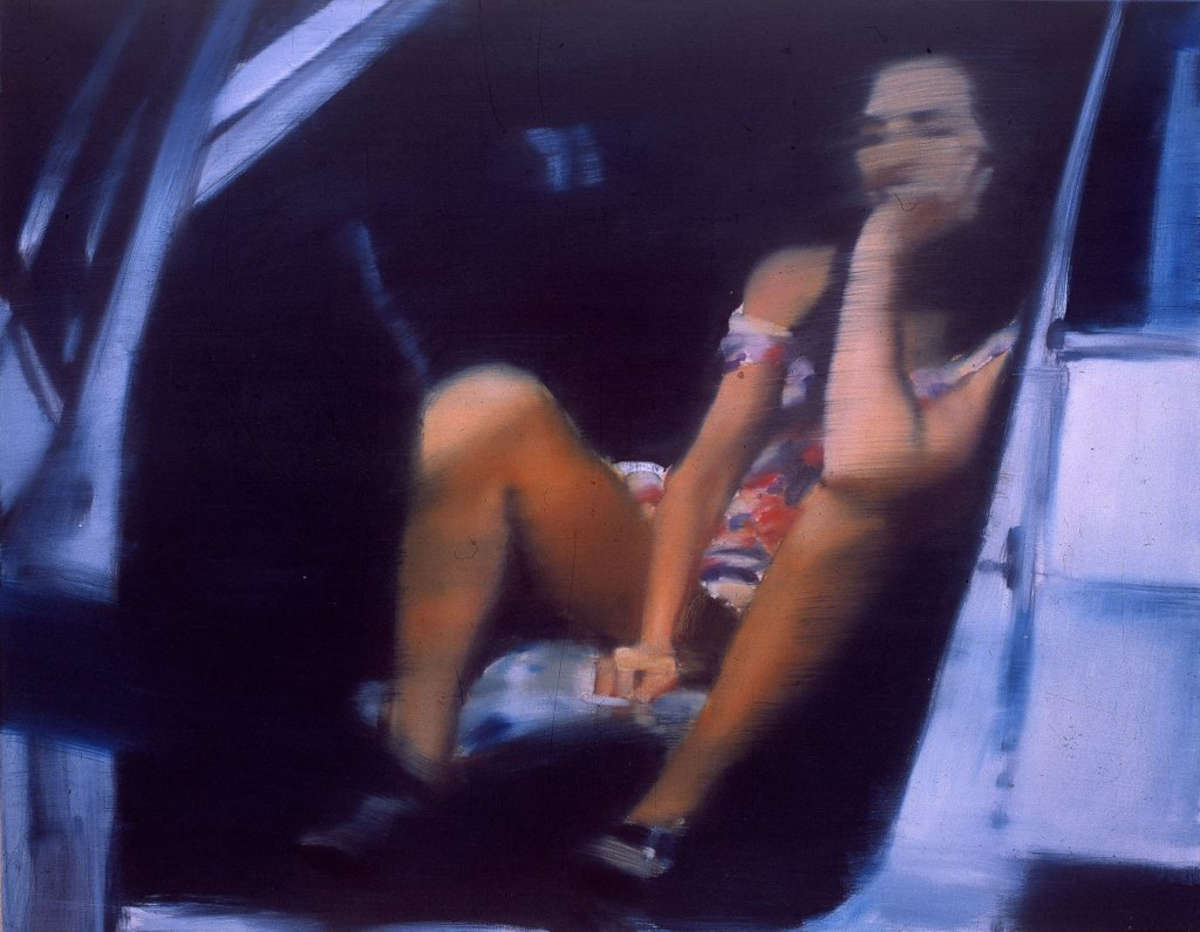
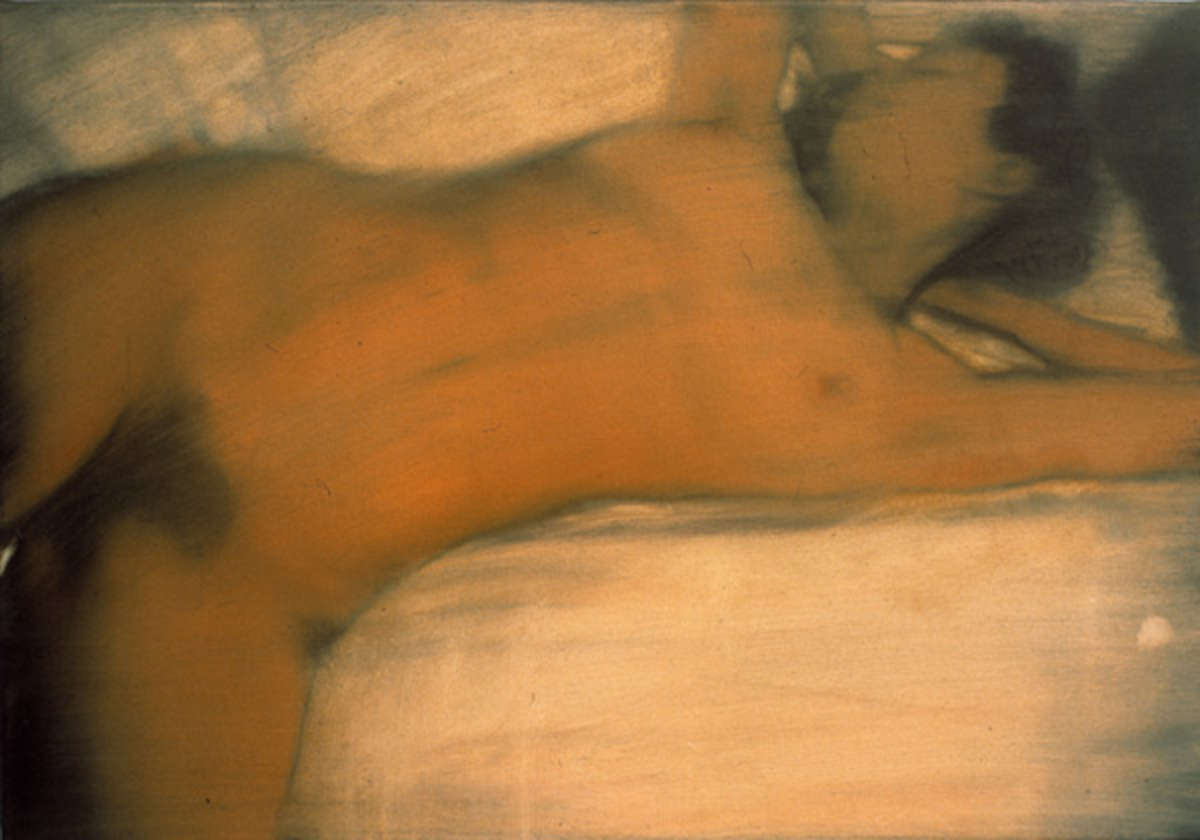
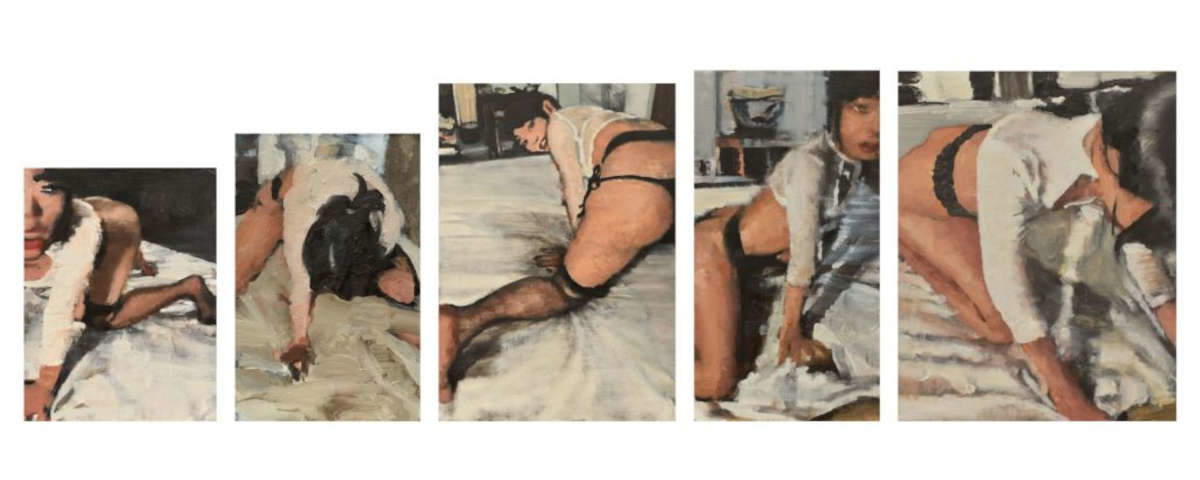
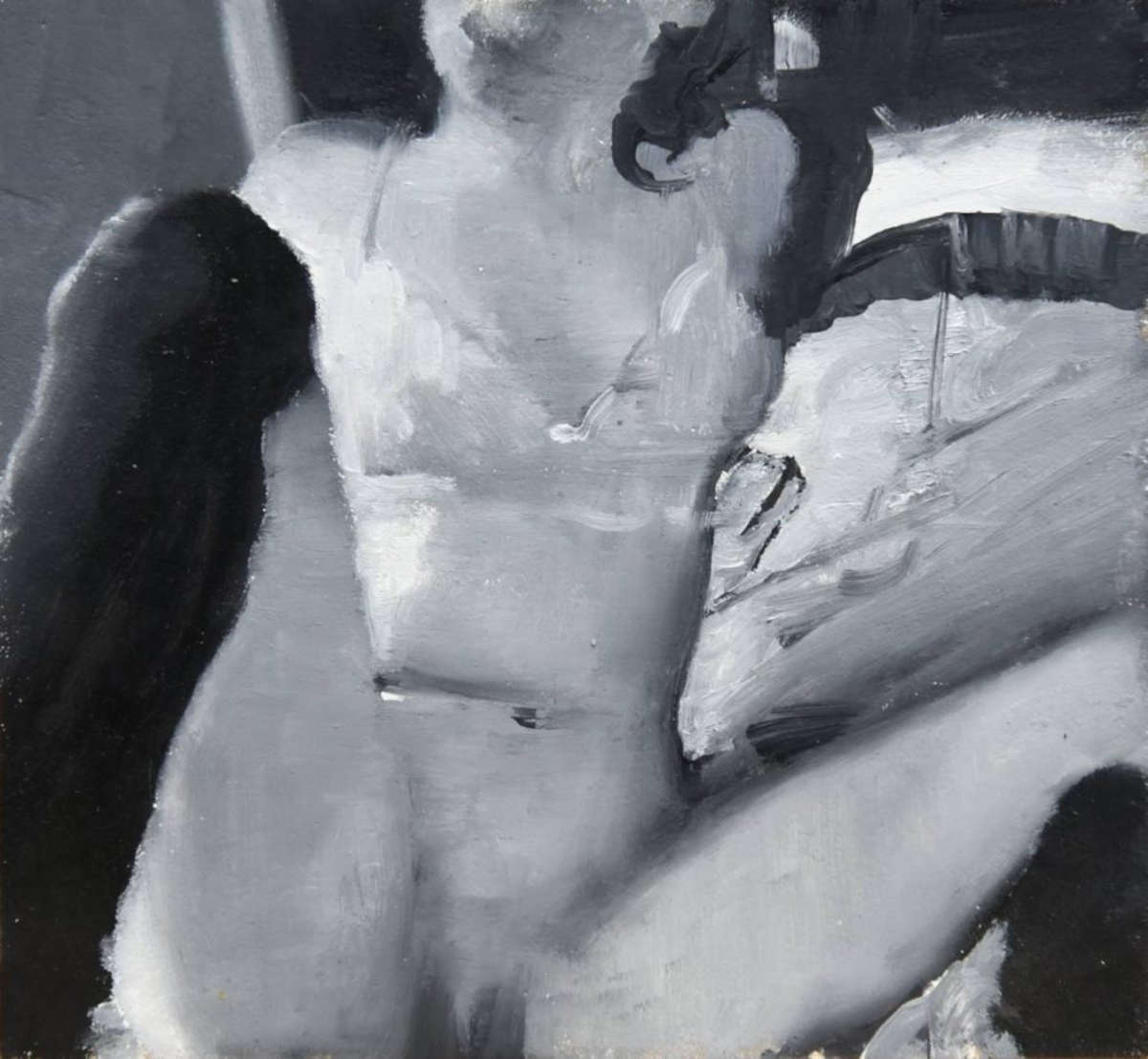
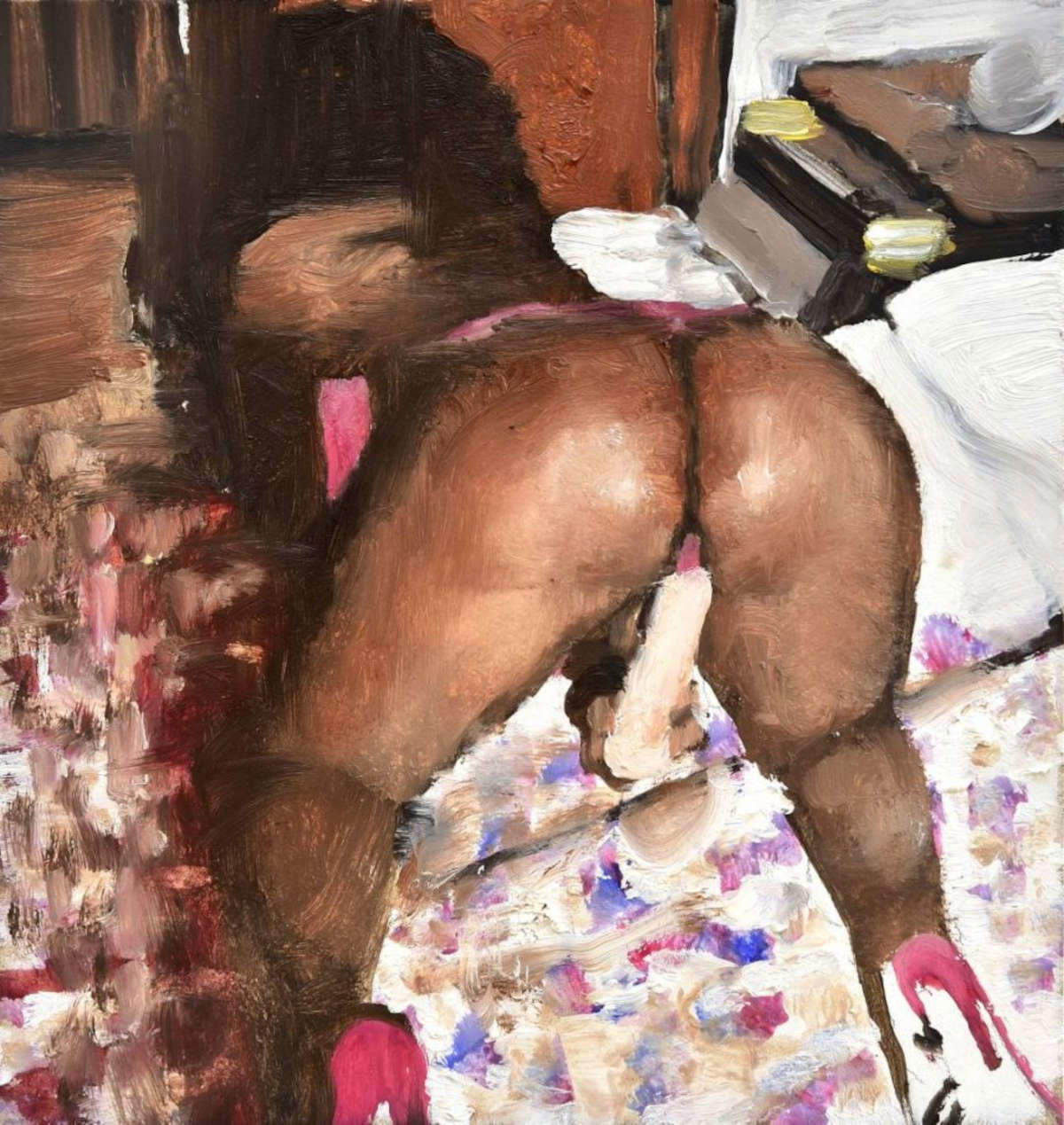
Warning: the translation into English of the original Italian article was created using automatic tools. We undertake to review all articles, but we do not guarantee the total absence of inaccuracies in the translation due to the program. You can find the original by clicking on the ITA button. If you find any mistake,please contact us.